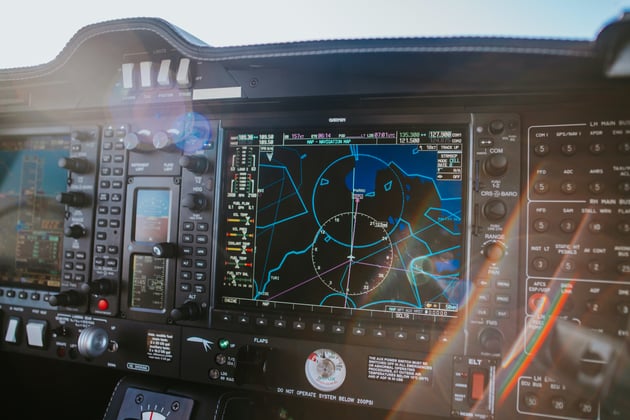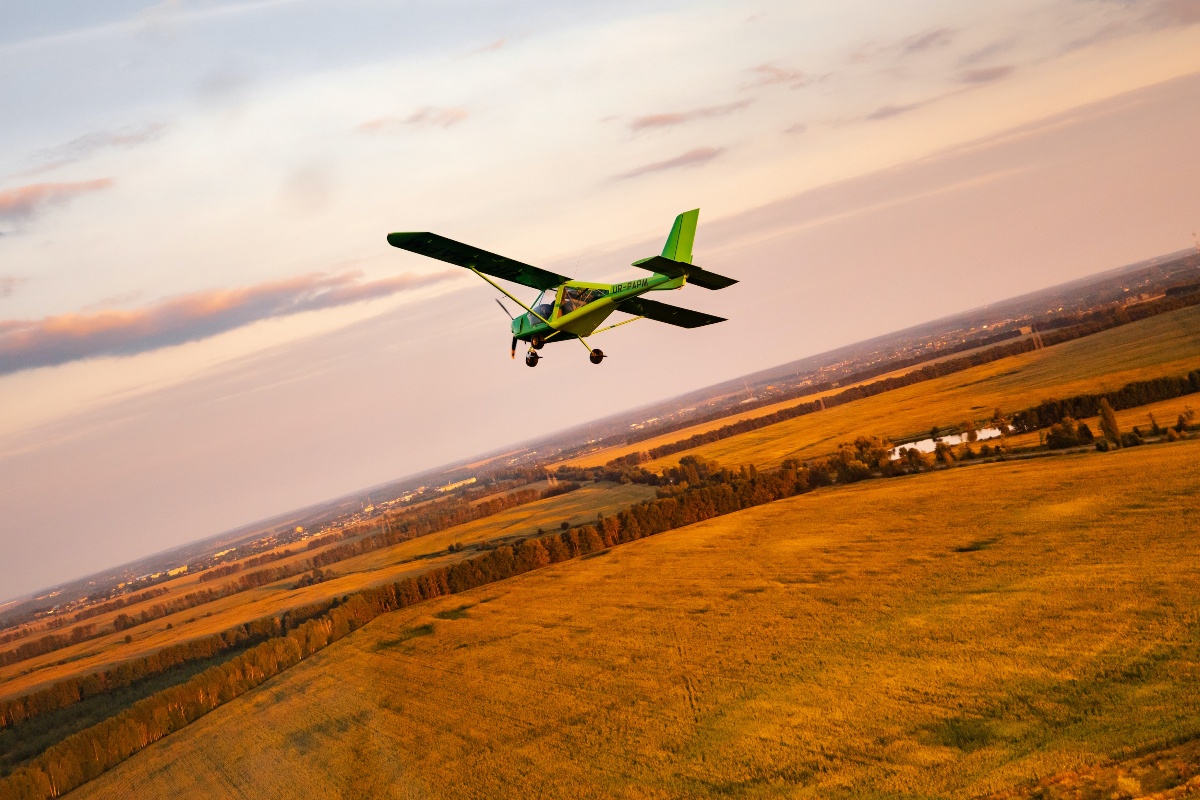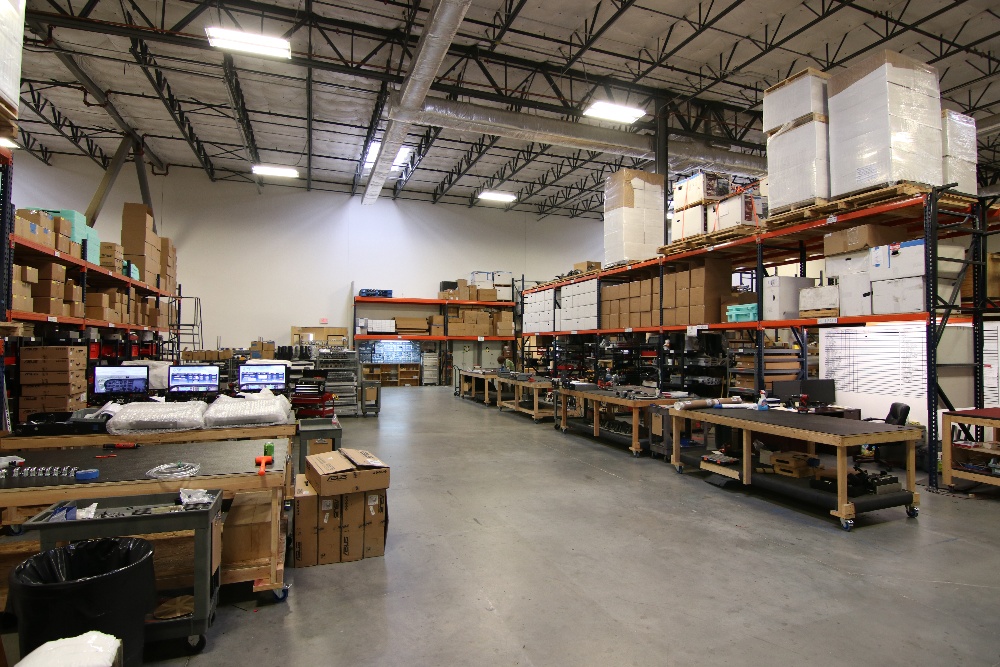The Two Biggest Barriers for Rusty Pilots
I know you know someone — heck, you may be someone — who started flight training or even earned their certificate and then, for any one of thousands of reasons, just stopped flying. We go by a few names: lapsed, inactive, and rusty pilots. There are legions of us, and our motto is, “Life just got in the way.” And, yes, for any of a myriad of reasons, we hung up our headsets.
But, alas, walking away from something you love isn’t easy. I think it’s been medically (or psychologically) proven that once the flying bug bites you, you’re hooked for life. Every time you hear an airplane, you look to see what type it is. Or you find yourself sitting in traffic and wishing you were up there actually going somewhere.
The problem is, the longer you stay out of the left seat, the more daunting the task of getting back into it seemingly becomes. While it’s not easy, getting comfortable and proficient in the cockpit again is really more straightforward than you think.
And the good news is, you’re not going at it alone. According to the folks at AOPA, their Rusty Pilot Program has helped over 11,000 of us get back in the saddle.
So what’s preventing rusty pilots from heading to the hangar today? Surprisingly, it’s not flying the airplane. In the vast majority of situations, the stick and rudder skills of even the rustiest of pilots are the easiest part of the equation to bring up to speed. The rote parts of flying are the slowest to atrophy when you step away from the airplane for a while.
Aside from the cost of flying, two of the biggest barriers to reentry are technological advancements and changes to airspace and ATC communications.
Technology

With all the glass displays, touchscreen controls, and digital instruments, today’s trainer feels more like the flight deck of the Millennium Falcon than the cockpit of a mild-mannered general aviation single engine. Unfortunately, sorting it all out while trying to keep the airplane straight and level can be overwhelming and unsafe. So that’s not the best way to do it.
Luckily, technological advancements are a two-way street. Today, several training tools are available to help you familiarize yourself with all the steps, swipes, and procedures and stay safe simultaneously.
Modern electronic flight bags and aviation training devices give you most of what you need to simulate a realistic flight deck from the safety of your home or flight school. ATDs, in particular, are fantastic at bringing your soft cockpit skills up to snuff in short order.
With an ATD or even an uncertified flight simulator, you can spend all the time you need to familiarize yourself with modern avionics and the wonders they deliver. You can practice your panel scan, tuning the radios, entering flight plans, and checking ATIS over and over until it all becomes second nature.
For a particular avionics configuration, you can check the manufacturer’s website for any e-learning materials. Most providers offer hours of free content aimed at helping you master their latest and greatest tech.
Terminology
Airspace and ATC communications terminology have changed significantly in the past 10 years, and nobody wants to sound like a first-hour student pilot on the radio — even if they are one.
That first push of the mic button has caused brain lock in many a pilot, and you never know which one of your airport buddies will hear you. Oh, the humanity.
Again, time in a simulator will pay great dividends here, helping you relearn how to speak fluent pilot. You and your flight instructor can go over every type of cockpit communication with clearance, ground, tower, and ATC — time and time again.
When you’re away from your CFI, self-guided apps such as Redbird Pro and PlaneEnglish can still help you flex that communications muscle and get your flying trending back in the right direction.
So now that you know how much easier a couple of hours in a simulator will make your transition back to “active pilot” status, what are you waiting for?
Whether you start with a rusty pilot seminar or some time with a flight instructor, the first step to your flight review is an achievable one. The sky is calling, and your answer is closer than you think.
Share this
You May Also Like
These Related Articles

Managing Distractions as a Pilot

The Three Underlying Causes of General Aviation Accidents
